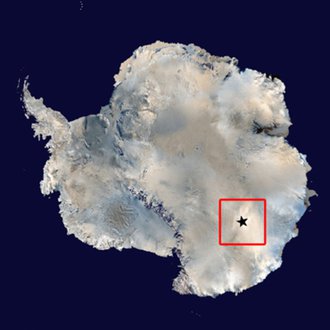ICE-T
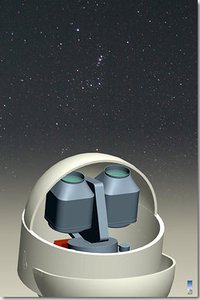
Design study, Ice-T in its dome
Credit: AIPThis project was stopped 2010 due to unclear access and an unclear cost participation situation.
The prime objective of ICE-T was to investigate the combined effects of extra-solar planets, stellar magnetic activity and non-radial pulsations on the structure and evolution of stars, as well as their internal dynamics and dynamo activity. Continuous observing at very high photometric precision is needed to detect planets and to characterize the evolution of stellar surface structures. Our technical goal was to perform a deep variability survey down to V = 22 mag along three representative star fields in the Milky Way. The main science goal was to determine the activity and rotation of stars hosting planets, brown dwarfs, or other very low-mass dwarfs by following their light and colour curves. Do planets influence or even modulate the magnetic activity of its hosting solar-type star? Is the angular-momentum history of cool stars linked to the formation of planets?
Transits
The probability for an Earth-Sun transit from a set of random orientations is just 0.5%. This implies a sample of 20,000 GKM dwarfs must be observed to allow for a statistically significant detection of an Earth-like planet in the habitable zone. This calls for large field-of-views. Thus we aimed for a 8°x8° square field on a double Wynne-Schmidt telescope with a 81-cm mirror and an entrance aperture of 60 cm on a single mount. The twin design would have allowed us to cover two band-passes simultaneously. Three fields had been proposed, each to be observed continuously for about 100 consecutive nights. The directions of the fields were 1) near the galactic plane, 2) directly towards the celestial pole, and 3) near the galactic pole. This should have led to pencil-beam statistics of stellar variability and improved planetary statistics in the local part of the Milky Way and complement the expected GAIA data.
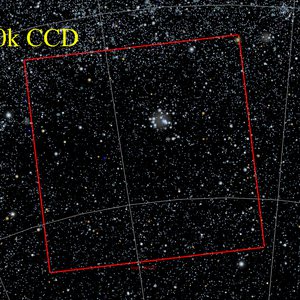
Field 1 - near the galactic plane
Credit: AIP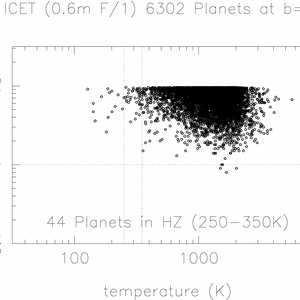
Expected planet catch for field 1
Credit: AIP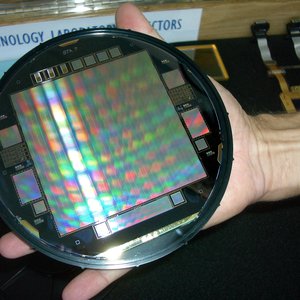
A 10kx10k CCD envisioned for Ice-T
Credit: AIPSite
Ice-T should have gone to the new Astro-campus developed at the International Concordia station at the Antarctic Dome C mountain at an elevation of 3233 m. It is probably one of the best astronomical sites in the world. Its location at 75°06' South would have allowed for a consecutive dark time of more than 100 days during winter. Limited internet access would have required the bulk of the data to be shipped during Antarctic summer .
Dome C combines geographic advantages, altitude > 300 m (magenta), a slope < 1/1000 (red) and a snow accumulation rate < 5 g/cm2/yr (blue) with the fact that the auroral oval stays below the horizon (green). Additionally, geostationary satellites are still above the horizon (grey).
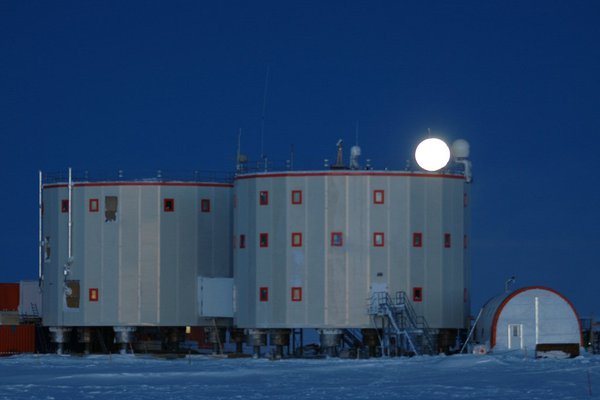
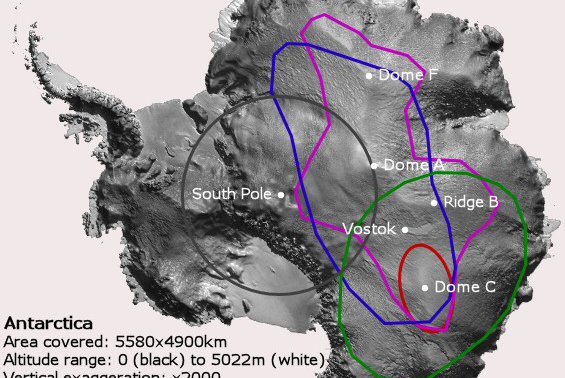
Map of antarctica
Credit: Dome C FAQInvolved AIP sections and groups:
Telescope Control and Robotics